Japan’s spiritual landscape is dotted with thousands of temples that showcase the country’s rich cultural heritage, architectural brilliance, and serene natural settings. These sacred spaces offer visitors a chance to experience traditional Japanese aesthetics while providing peaceful retreats from bustling city life. Whether you’re planning your first trip to Japan or returning for a deeper cultural experience, these temples deserve a spot on your itinerary.
Here is a list of 15 must-visit temples that represent the finest examples of Japanese religious architecture and spiritual tradition.
Kinkaku-ji (Golden Pavilion)
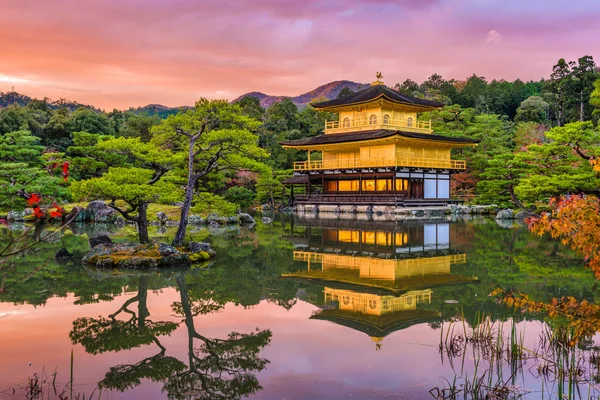
Kyoto’s famous Golden Pavilion lives up to its name, with its top two floors completely covered in gold leaf, creating a stunning reflection in the surrounding pond. Originally built in 1397 as a retirement villa for shogun Ashikaga Yoshimitsu, the structure was later converted into a Zen temple following his death.
The current building is actually a 1955 reconstruction after a mentally disturbed monk burned down the original pavilion in 1950. The meticulously maintained gardens surrounding the pavilion follow traditional Muromachi period design principles, creating different scenic views from various angles.
Sensō-ji

Tokyo’s oldest and most significant Buddhist temple draws millions of visitors through its iconic Kaminarimon (Thunder Gate) with its massive red lantern. Founded in 628 CE after two fishermen discovered a statue of Kannon (the goddess of mercy) in the Sumida River, the temple has survived earthquakes, fires, and wartime bombing.
The bustling shopping street leading to the main hall—Nakamise-dōri—stretches nearly 820 feet and sells everything from traditional snacks to souvenirs. The five-story pagoda adjacent to the main hall stands as one of the tallest in Japan at 174 feet high.
Like Travel Pug’s content? Follow us on MSN.
Tōdai-ji
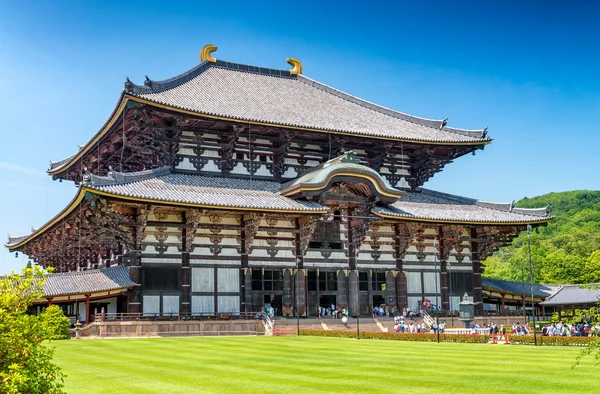
Housing the world’s largest bronze Buddha statue (Daibutsu) at nearly 50 feet tall, this Nara temple complex once served as Japan’s head Buddhist temple. The main hall, Daibutsuden, remains one of the world’s largest wooden buildings despite being rebuilt in 1709 at two-thirds of its original size.
A wooden pillar in the hall features a cavity at its base said to be the same size as the Buddha’s nostril—visitors who can squeeze through are believed to gain enlightenment in their next life. The temple grounds are famously populated by over 1,000 freely roaming deer, considered divine messengers in Shinto tradition.
Kiyomizu-Dera
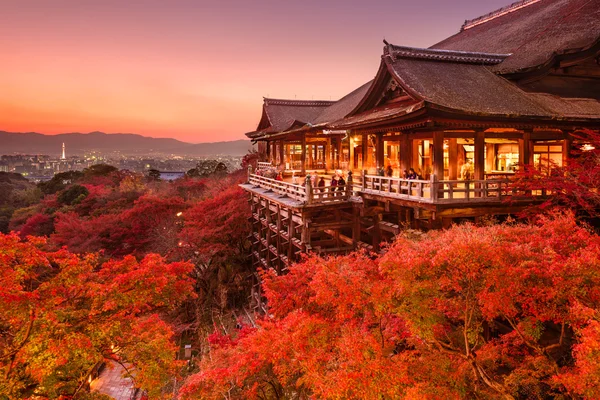
Perched on Kyoto’s eastern hills, this UNESCO World Heritage site features a wooden stage that extends 43 feet above the hillside without using a single nail in its construction. Founded in 778, the temple’s name means “pure water,” referring to the sacred Otowa Waterfall that flows beneath the main hall.
The panoramic views of Kyoto from the veranda are particularly breathtaking during cherry blossom season and autumn foliage. A tradition called “jumping from the Kiyomizu stage” originated here, with an old Japanese saying that those who survived the 43-foot drop would have their wishes granted.
Byōdō-in
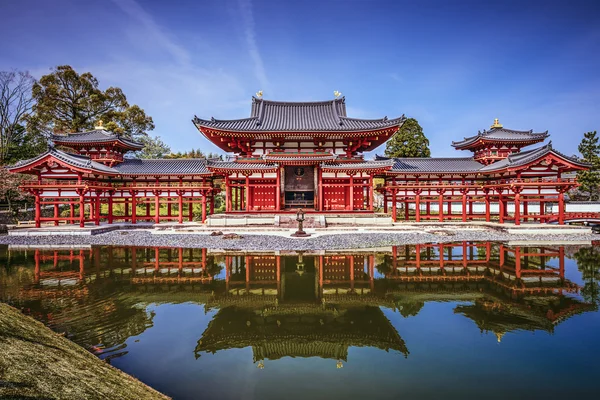
This Uji temple appears on the back of the 10-yen coin and features the spectacular Phoenix Hall, one of Japan’s few remaining original wooden structures from the Heian period. Built in 1052 as a villa for a powerful political figure, the building was converted into a temple two years later.
The hall’s architecture represents the Buddhist paradise, with the central hall resembling Buddha’s body and the side corridors forming its wings—creating the phoenix shape for which it’s named. The recently renovated museum displays the temple’s ancient treasures, including wooden bodhisattva statues, paintings, and ornate metalwork.
Like Travel Pug’s content? Follow us on MSN.
Ryōan-ji
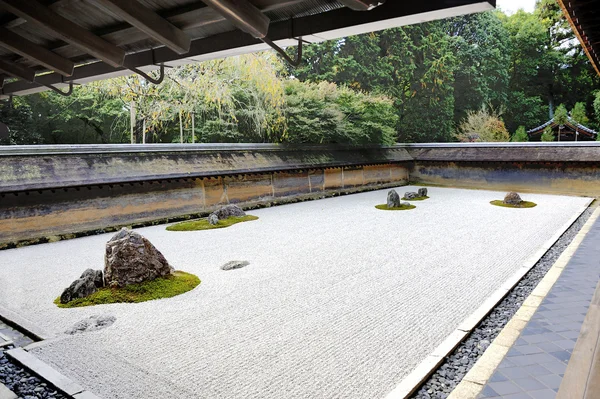
Home to Japan’s most famous rock garden, this Kyoto temple creates profound tranquility through extreme minimalism. The garden consists of 15 rocks arranged in groups across a rectangular plot of white pebbles, designed so visitors can never see all 15 stones simultaneously from any viewing angle.
Created around 1500, the garden’s meaning remains deliberately ambiguous—some interpret it as islands in a sea, others as mountain peaks above clouds. The surrounding temple grounds feature a mirror-like pond named Kyoyochi that dates back to the 12th century.
Kotoku-in
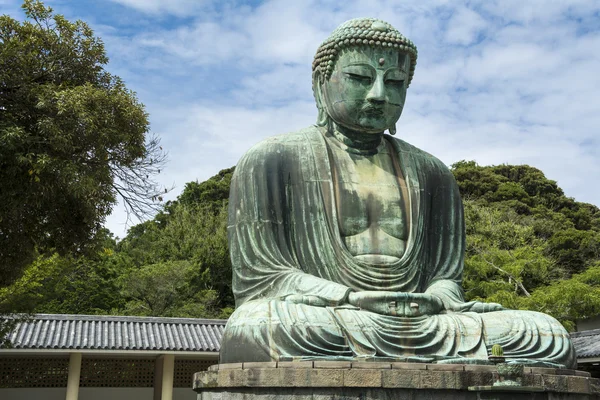
Located in Kamakura, this temple houses the Great Buddha (Daibutsu), an impressive bronze statue standing 43 feet tall and weighing approximately 121 tons. Cast in 1252, the Buddha originally sat within a large hall until the building was washed away by a tsunami in 1498—since then, the statue has remained outdoors.
Visitors can even enter inside the hollow statue for a small fee to examine its remarkable construction. The Buddha’s serene expression and perfect proportions exemplify the artistic mastery of Japan’s Kamakura period sculptors.
Tenryu-ji
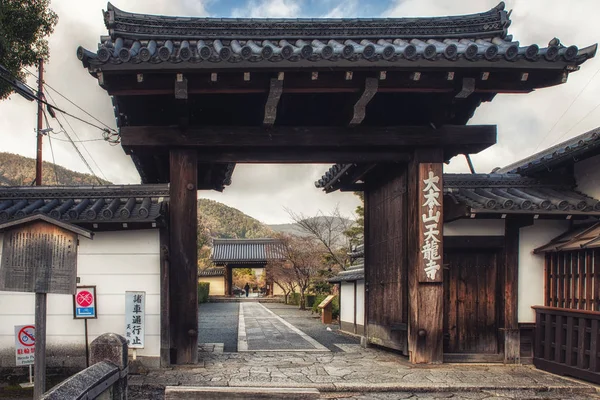
As the head temple of the Rinzai Zen sect, this Arashiyama landmark is famous for its spectacular garden designed by the master landscape architect Musō Soseki. The garden maintains its original 14th-century design—a rare achievement for Japanese temple gardens that often changed over centuries.
Its composition perfectly incorporates the backdrop of the Arashiyama mountains into what’s called a “borrowed landscape” design technique. The temple was built in 1339 by shogun Ashikaga Takauji to appease the spirit of Emperor Go-Daigo, whom he had betrayed in a political conflict.
Like Travel Pug’s content? Follow us on MSN.
Ginkaku-ji (Silver Pavilion)
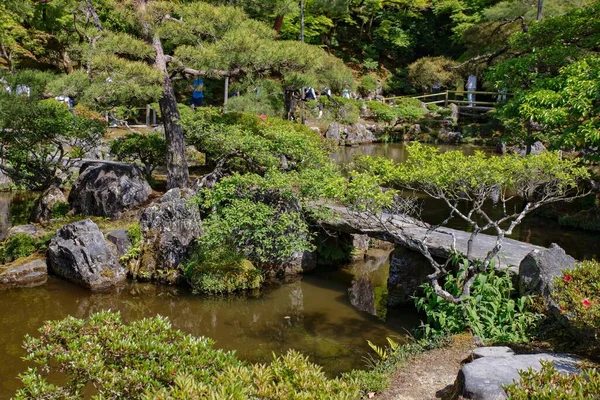
Despite its name, this “Silver Pavilion” was never actually covered in silver leaf as originally planned. Built-in 1482 by shogun Ashikaga Yoshimasa as a retirement villa, the temple represents the height of cultural refinement during Japan’s Higashiyama period.
The meticulously maintained dry sand garden features a perfectly shaped sand cone called the “Moon Viewing Platform” that catches and reflects moonlight. The moss garden, with its multiple varieties, creates a lush green carpet throughout the grounds, exemplifying the Japanese concept of wabi-sabi—finding beauty in subtle imperfection.
Nishi Hongan-ji
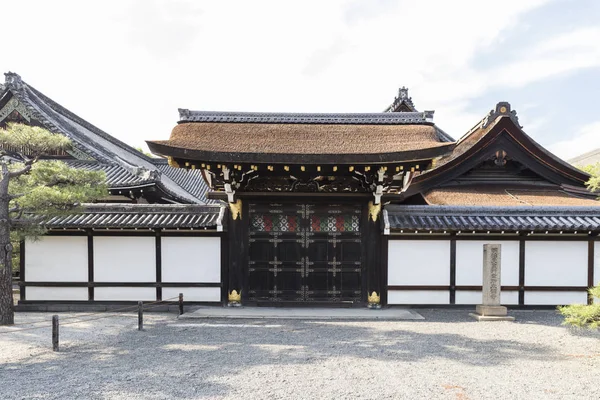
This massive temple complex in Kyoto serves as the headquarters of the Jodo Shinshu School of Buddhism, Japan’s largest Buddhist sect. The structures showcase extraordinary craftsmanship with intricately carved transoms, paintings by renowned artists, and nightingale floors that “sing” when walked upon as a security measure.
The Karamon Gate features some of Japan’s finest woodcarving, with dragons and flowers sculpted in three dimensions. Unlike many Japanese temples, Nishi Hongan-ji allows visitors to observe active religious practices as everyday worshippers come to pay respects.
Daigo-ji
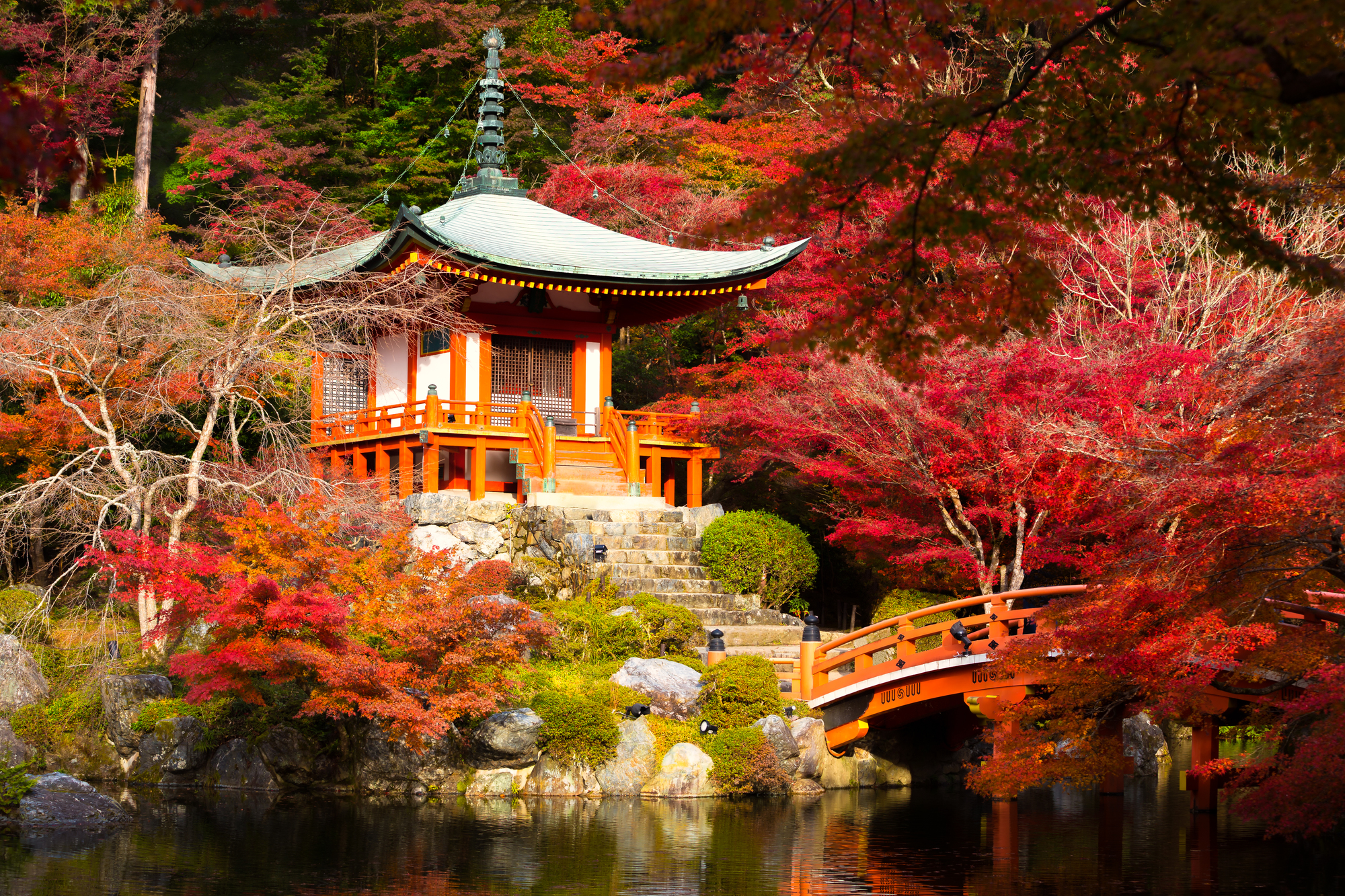
This expansive temple complex spreads across Kyoto’s Daigo mountain, encompassing both lower grounds accessible year-round and higher precincts reached by a mountain trail. The five-story pagoda, built in 951, is Kyoto’s oldest original building, having survived wars and natural disasters for over a millennium.
Famous for its spectacular cherry blossoms, the temple gained historical significance when feudal lord Toyotomi Hideyoshi held an extravagant cherry blossom viewing party here in 1598, replanting the aging trees to restore the garden’s former glory. The temple houses nearly 100,000 cultural treasures, including numerous important national cultural properties.
Like Travel Pug’s content? Follow us on MSN.
Engaku-ji
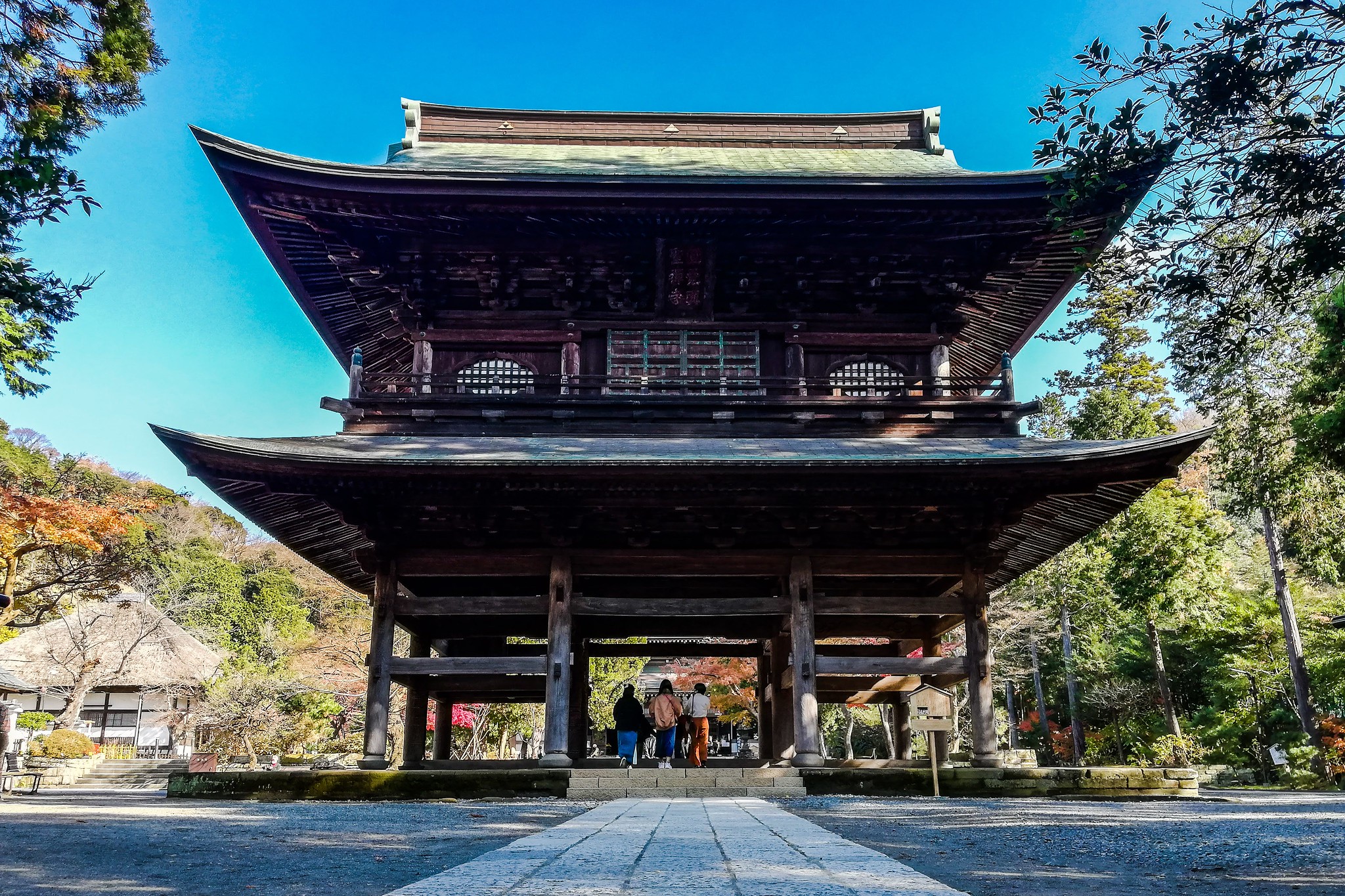
Built-in 1282 to honor Japanese and Mongolian soldiers who died during the Mongol invasions, this Kamakura temple ranks second among the city’s five great Zen temples. The temple’s massive bronze bell, cast in 1301, is designated a National Treasure and produces an exceptionally clear, resonant tone that carries throughout the valley.
The temple grounds follow the natural contours of the valley, with buildings arranged in a straight line climbing the hillside—an unusual layout that creates dramatic views. Training in Zen meditation is available to visitors who wish to experience traditional Buddhist practice firsthand.
Yakushi-ji
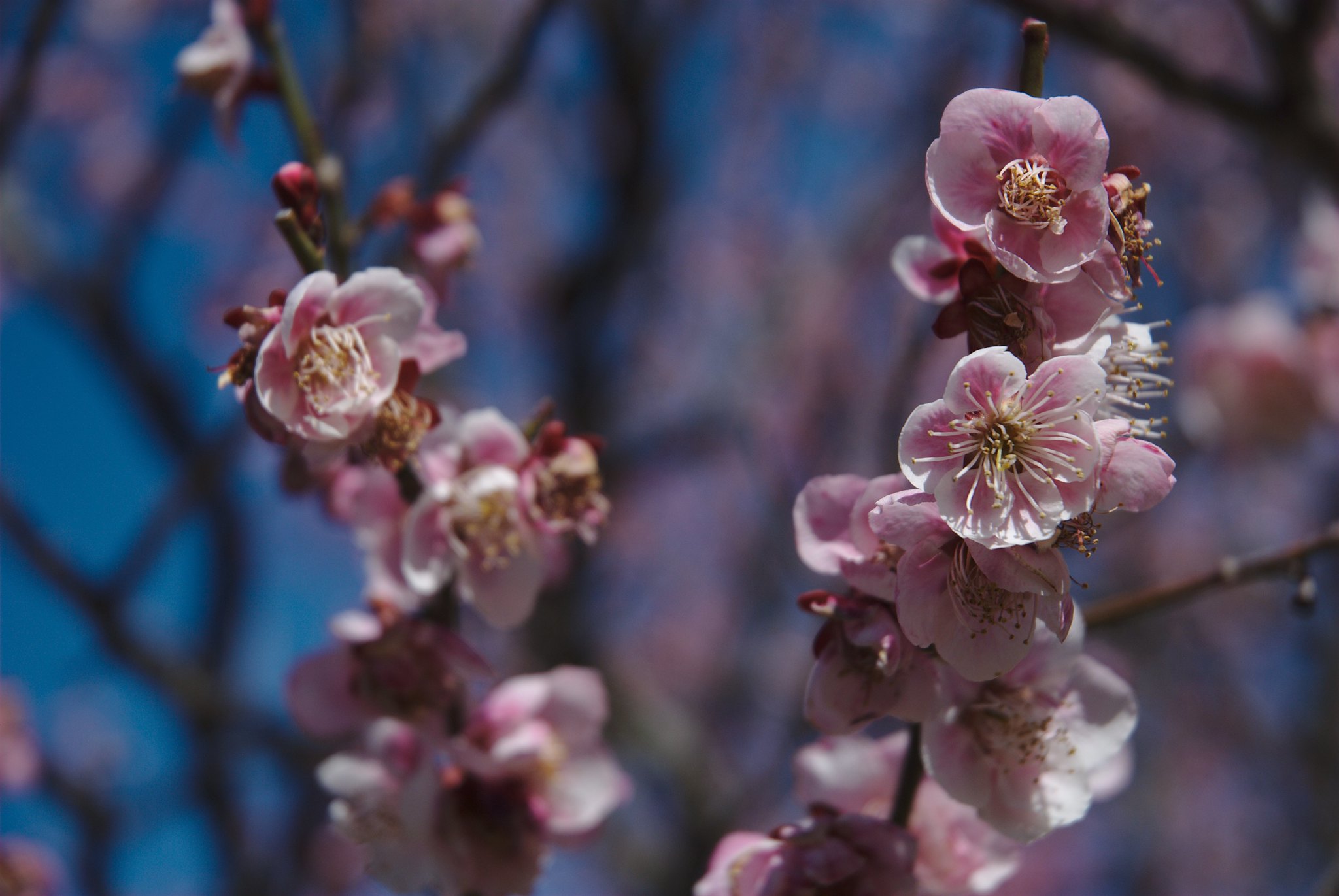
This Nara temple features Japan’s only remaining original 8th-century pagoda, with its distinctive three-story, six-roof design representing the six perfections of Buddhism. Founded in 680 by Emperor Tenmu as a prayer for his wife’s recovery from illness, the temple houses important medical texts, reflecting its dedication to Yakushi Nyorai, the Buddha of medicine and healing.
The symmetrical layout of the original complex, with identical pagodas flanking the main hall, represented the perfect balance of the Buddhist universe. The temple’s treasures include the remarkable Yakushi Triad—bronze statues created by sculptor Girei that showcase the pinnacle of Hakuhō period artistry.
Sanjūsangen-dō
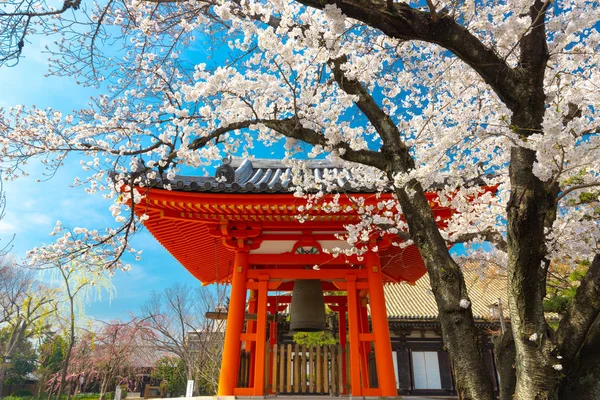
Known officially as Rengeō-in, this Kyoto temple houses 1,001 statues of Kannon, the goddess of mercy, creating an awe-inspiring sight of golden figures arranged in perfectly aligned rows. The main hall measures exactly 120 meters (394 feet), giving the temple its popular name, which translates to “hall with thirty-three spaces between columns.”
The 1,000 life-sized statues flanking the larger central Kannon each possess 42 arms, which Buddhist theology explains could save 25 worlds—meaning these statues could save 25,000 different beings. The hall formerly hosted archery competitions where contestants would shoot arrows from one end to the other without hitting the ceiling.
Like Travel Pug’s content? Follow us on MSN.
Zenkō-ji
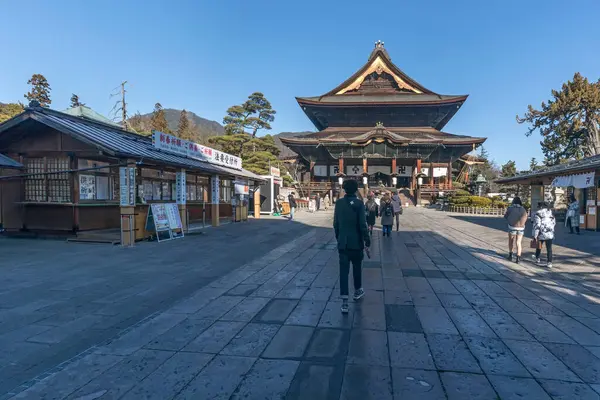
This 7th-century temple in Nagano houses the first Buddhist statue ever brought to Japan, though the actual image remains hidden from public view, with a replica shown only once every six years. The temple belongs to both major Japanese Buddhist sects simultaneously—a unique arrangement that demonstrates religious cooperation.
A pitch-dark tunnel beneath the main altar allows visitors to search for the “key to paradise” by feeling along the walls—touching it brings the same blessing as seeing the hidden Buddha. The temple was intentionally built facing west rather than the traditional south to symbolize Amida Buddha’s Western Pure Land paradise.
Final Reflections: Ancient Wisdom in Modern Japan
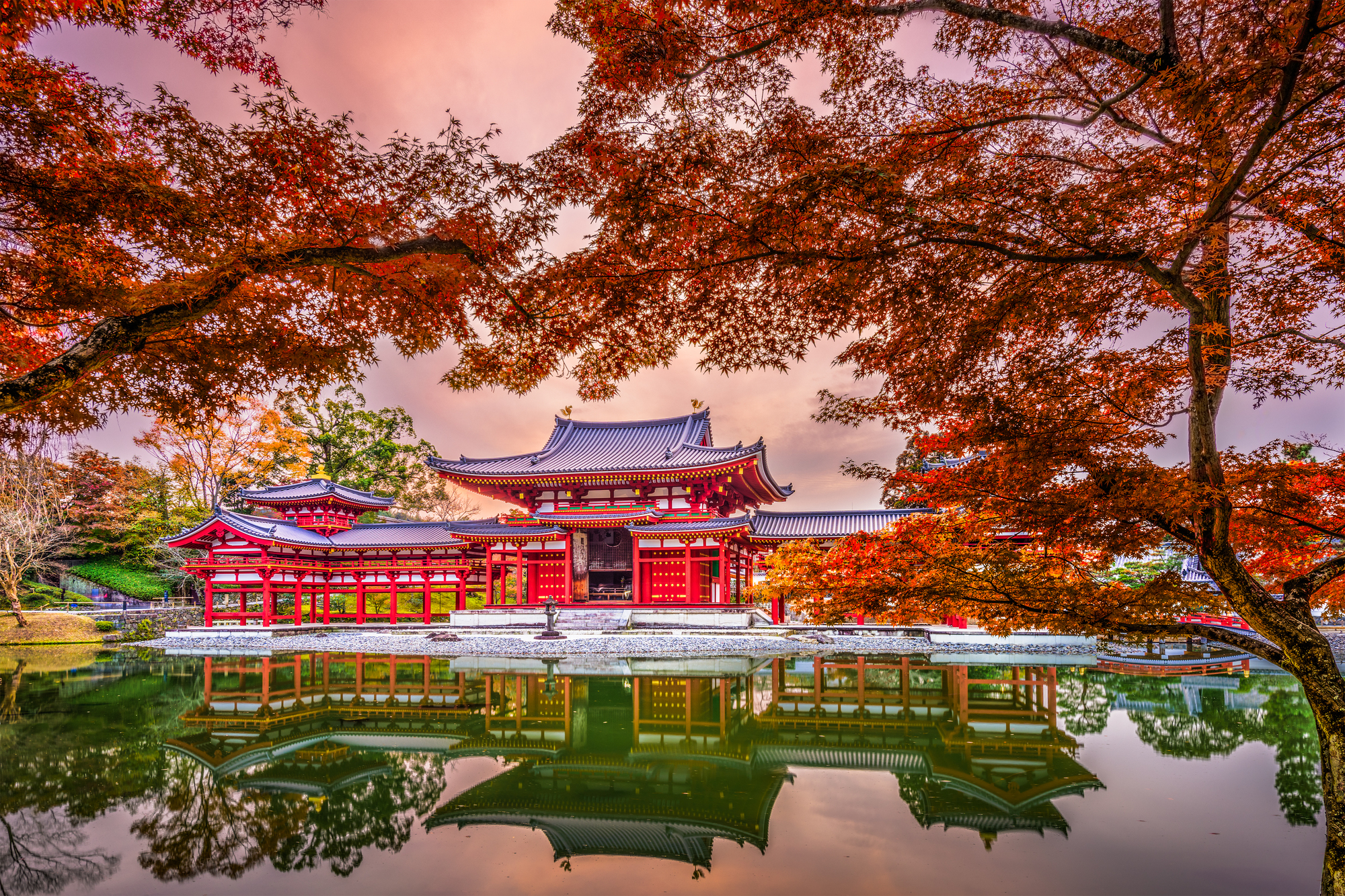
These magnificent temples stand as living museums where ancient spiritual practices continue alongside modern life. The architectural achievements, artistic masterpieces, and carefully designed landscapes within these sacred spaces have influenced Japanese aesthetics for centuries.
By visiting these temples, travelers gain insight not just into Buddhism and Japanese spirituality but into the core cultural values that continue to shape contemporary Japanese society. The serene atmospheres these temples provide offer a meaningful counterpoint to Japan’s high-tech, fast-paced urban environments.
More from Travel Pug

- Cities Growing so Fast You Won’t Recognize Them in 10 Years
- 13 Destinations Where Tourists Regularly Regret Their Trip
- 16 U.S. Cities That Are Quietly Becoming Travel Hotspots
- Where to Travel If You Love Long Bus Rides and Daydreams
- 20 Cities Perfect for Solo Travelers Who Crave Adventure & Culture
Like Travel Pug’s content? Follow us on MSN.
